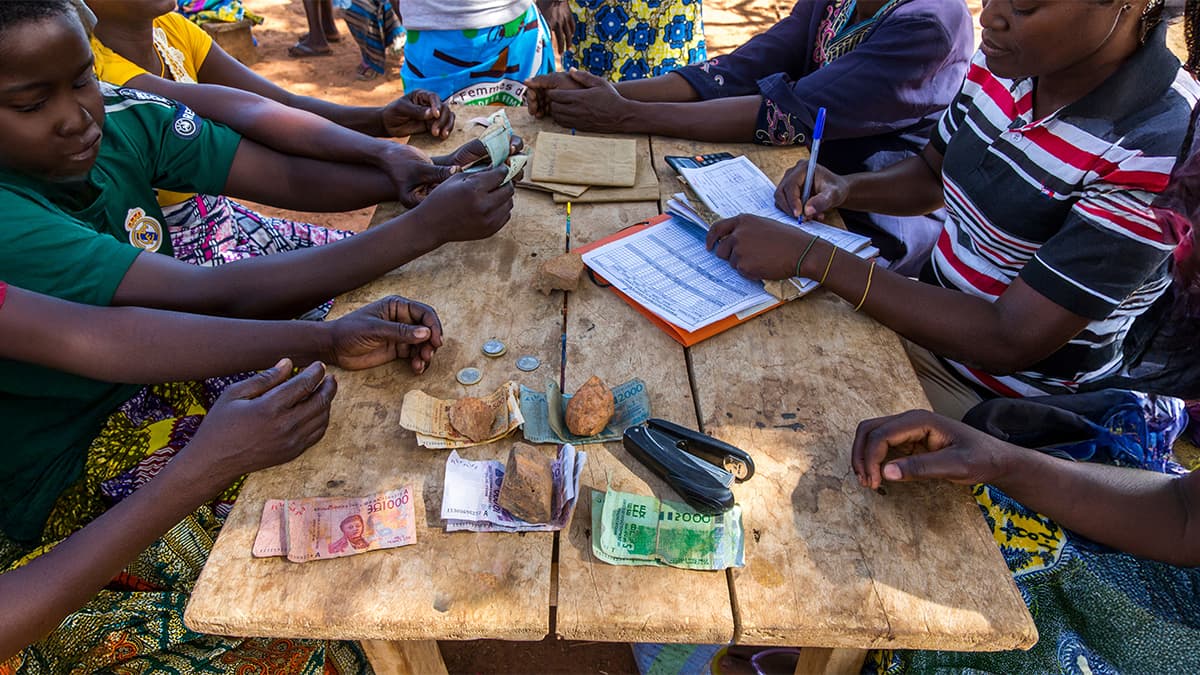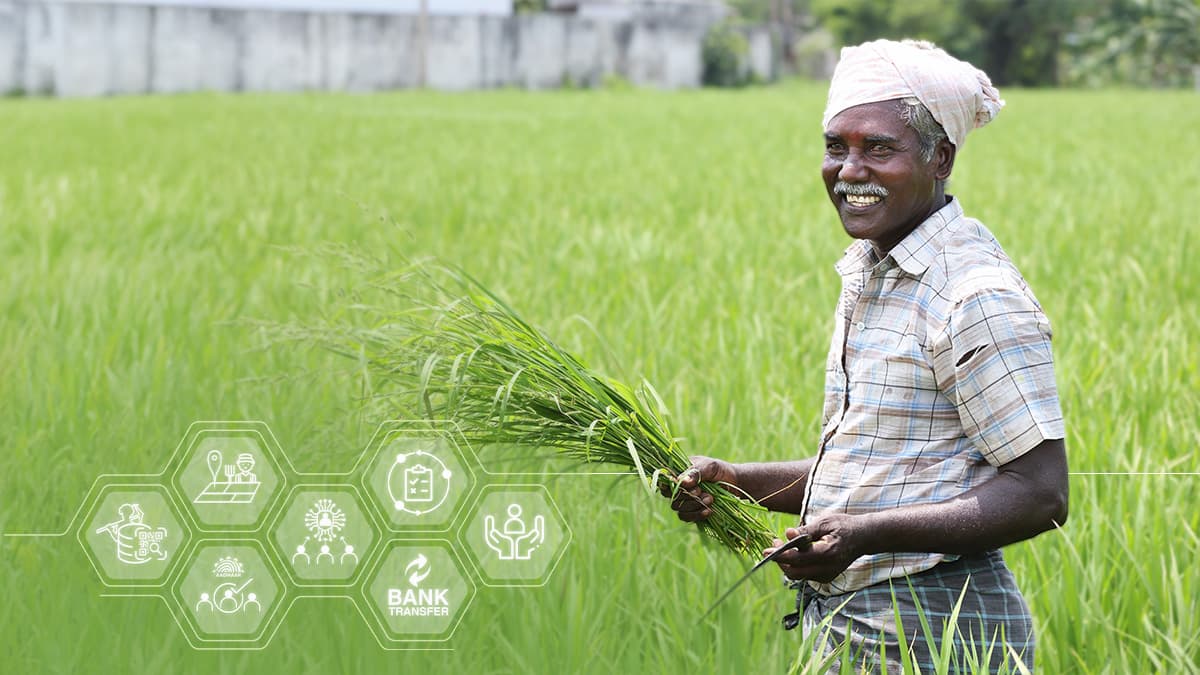Africa stands at a critical crossroads in social protection, where innovative strategies can transform millions of lives from vulnerability to resilience. The continent's approach to social welfare is no longer about mere survival, but about creating dynamic, technology-enabled systems that empower citizens and drive socio-economic transformation. In Africa, where informal employment dominates and vulnerabilities are pronounced, deepening these systems is not only a moral imperative but also an economic necessity. Moreover, the continent faces a staggering financing gap of $99.4 billion – approximately 4.3% of GDP – needed to provide comprehensive social protection benefits. To ensure sustainability and inclusivity, African nations must adopt innovative strategies, address critical challenges, and draw lessons from successful models within and beyond the continent.
.jpg)
The Case for deepening social safety nets in Africa
Articles 22 and 25 of the Universal Declaration of Human Rights (1948) affirm that everyone is entitled to social security and a decent standard of living. This principle has been repeatedly upheld by international labor standards, particularly the International Labour Organization's (ILO) Social Security (Minimum Standards) Convention of 1952. African nations are increasingly committed to expanding social protection programs, recognizing their crucial role in reducing poverty, addressing inequality, promoting gender equality, and boosting overall development. While Northern and Southern Africa are on track to meet the ILO's target of 40% coverage with at least one social protection benefit by 2025, achieving this across the entire continent will be more challenging. Central, Eastern, and Western Africa face lower coverage rates and higher levels of informal work, making it harder to extend social protection without significant funding and effort.
.jpg)
What can be done to widen the social safety nets?
Building Shock-Responsive Systems: The COVID-19 pandemic underscored the need for adaptable social protection mechanisms. Ethiopia's Productive Safety Net Program (PSNP) exemplifies how governments can cushion citizens against shocks. By integrating flexible policies that address droughts, floods, or economic downturns, African nations can protect vulnerable populations during crises and prevent them from falling deeper into poverty.
Leveraging Technology for Efficient Delivery: Mobile technology has revolutionized social protection delivery in Africa. Kenya’s M-Pesa platform, widely used for cash transfers, ensures quick and transparent distribution to recipients. Similarly, digital identity systems, such as Aadhaar in India, can inspire African countries to enhance accessibility while minimizing fraud. However, the digital divide remains a challenge, especially in rural areas, necessitating investments in digital literacy and infrastructure.
Addressing Funding Gaps: A significant roadblock to expanding social protection is underfunding. Public spending on social protection in Africa averages just 3.6% of GDP, far below global standards. Bridging this gap requires innovative approaches:
1. Tax Reforms and Innovative Financing - Countries like Zambia leverage mining revenues to fund universal pensions and child benefits, while Gabon uses VAT on mobile communications to finance universal healthcare. Expanding such strategies can ensure sustainable financing.
2. Reallocation of Public Expenditure - Governments must replace inefficient subsidies with direct assistance programs. For example, reallocating fuel subsidies to fund cash transfer schemes can have a more substantial socio-economic impact.
3. Debt Management and Donor Support - While external financing has supported many initiatives, over-reliance on aid poses sustainability risks. Debt restructuring and concessional loans can provide alternative funding sources.
Strengthening Data Systems and Civil Society Engagement: Accurate data is foundational for effective policy design. Investments in robust data systems help identify vulnerable populations and monitor program outcomes. The African Platform for Social Protection (APSP) exemplifies civil society's role in advocating for policy improvements and promoting transparency. Ghana's National Social Protection Strategy, shaped by grassroots engagement, highlights the importance of involving communities in program design and implementation.
Overcoming Governance Challenges: Weak governance and fragmented policies often impede progress. Streamlined administration, transparent financial management, and social dialogue are essential for building trust and ensuring efficient service delivery. The Yaoundé Tripartite Declaration and the Ouagadougou+10 Plan of Action underline the importance of political commitment to social protection.
How CSM Tech raised efficacy of social safety nets in Africa
.jpg)
Gambia is setting a new benchmark in social protection with its dynamic social registry powered by CSM Tech. Leveraging a Proxy Means Test (PMT), households are scored and categorized by need. Uniquely integrated with the Central Voter Registration System (CVRS), the registry ensures real-time updates and inclusivity, making it a game-changer in adaptive social protection. It offers a single database to monitor programmes, eliminate duplication, and foster synergy across initiatives, delivering targeted and efficient support.
Ethiopia’s interoperable social registry, also by CSM Tech, revolutionizes the World Bank-funded PSNP. Seamlessly managing over 11 million beneficiaries, it consolidates data across Agriculture, Health, and Social Justice Departments. The registry enables precise beneficiary targeting and ensures efficient delivery of unconditional and conditional transfers to vulnerable households. These systems exemplify how smart technology transforms social protection, driving inclusivity, transparency, and impact at scale.
The future – from safety nets to springboards
Africa's social protection journey is not just about mitigating poverty – it's about tapping human potential. By embracing innovation, technology, and context-specific strategies, the continent can transform social protection from a safety net to a springboard for individual and collective progress.
The future of African social protection is not written in stone, but in code, collaboration, and commitment to human dignity.


























































We will verify and publish your comment soon.